Genetic variability and evolutionary diversification of membrane ABC transporters in plants
- PMID: 25850033
- PMCID: PMC4358917
- DOI: 10.1186/s12870-014-0323-2
Genetic variability and evolutionary diversification of membrane ABC transporters in plants
Abstract
Background: ATP-binding cassette proteins have been recognized as playing a crucial role in the regulation of growth and resistance processes in all kingdoms of life. They have been deeply studied in vertebrates because of their role in drug resistance, but much less is known about ABC superfamily functions in plants.
Results: Recently released plant genome sequences allowed us to identify 803 ABC transporters in four vascular plants (Oryza. sativa, Solanum lycopersicum, Solanum tuberosum and Vitis vinifera) and 76 transporters in the green alga Volvox carteri, by comparing them with those reannotated in Arabidopsis thaliana and the yeast Saccharomyces cerevisiae. Retrieved proteins have been phylogenetically analysed to infer orthologous relationships. Most orthologous relationships in the A, D, E and F subfamilies were found, and interesting expansions within the ABCG subfamily were observed and discussed. A high level of purifying selection is acting in the five ABC subfamilies A, B, C, D and E. However, evolutionary rates of recent duplicate genes could influence vascular plant genome diversification. The transcription profiles of ABC genes within tomato organs revealed a broad functional role for some transporters and a more specific activity for others, suggesting the presence of key ABC regulators in tomato.
Conclusions: The findings achieved in this work could contribute to address several biological questions concerning the evolution of the relationship between genomes of different species. Plant ABC protein inventories obtained could be a valuable tool both for basic and applied studies. Indeed, interpolation of the putative role of gene functions can accelerate the discovering of new ABC superfamily members.
Figures
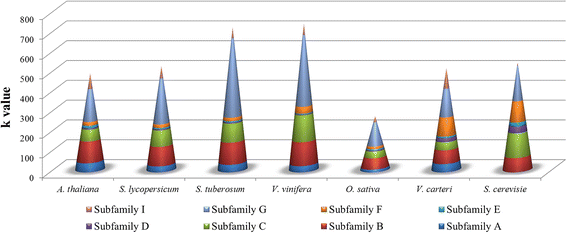
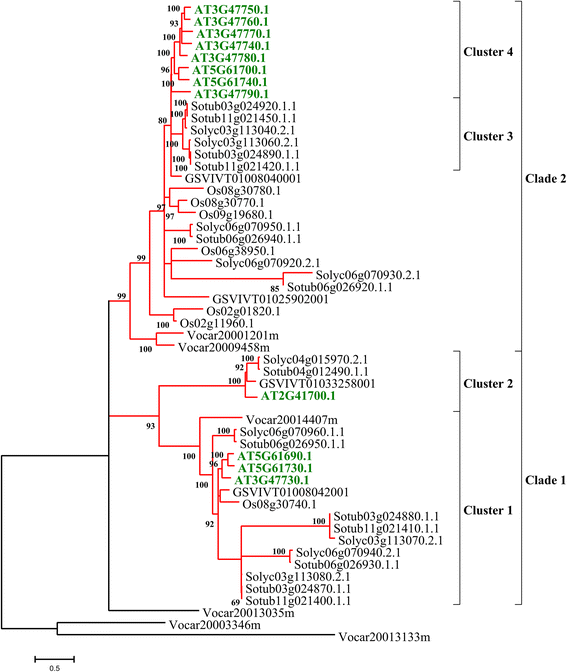
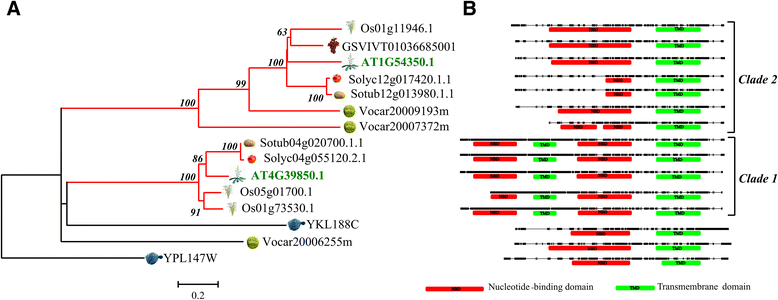
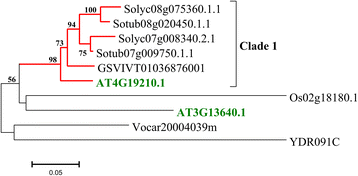



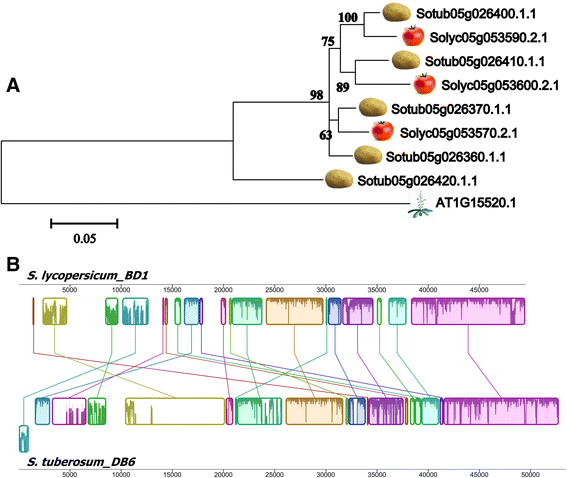
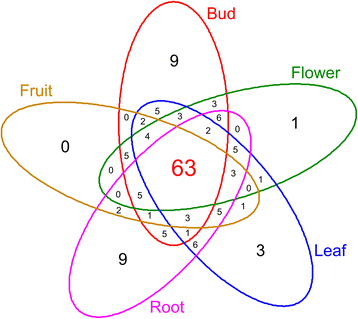
References
-
- Gottesman MM, Paterson JK, Chen KG, Annereau JP, Szakacs G. New ABC transporters associated with multidrug resistance in cancer. Febs J. 2005;272:206.
Publication types
MeSH terms
Substances
LinkOut - more resources
Full Text Sources
Other Literature Sources

